Ever tried to communicate with a dog by saying, “woof woof” or mocked the sound a cat makes by saying “meow?”
If so, you’ve already used an onomatopoeia in real life (even if you didn’t technically know the fancy word for it).
Onomatopoeias are literally everywhere.
And in this article, we’re breaking down exactly what onomatopoeias are, how the professionals use them, and the most common onomatopoeia examples you’ll need for essays and creative writing assignments (or maybe you just want to show off in your English class).
TL: DR – Onomatopoeias imitate the actual sound of the very things they describe, like “buzz,” “meow,” and “bang.” They’re one of the simplest (and most fun!) literary devices for bringing your stories to life.
Key Takeaways
- Onomatopoeia are words that imitate sounds, like “buzz,” “meow,” and “bang.”
- They add vivid imagery, rhythm, and realism to writing and speech.
- Common types include animal sounds, natural sounds, and mechanical noises.
- Different languages interpret the same sounds with unique variations.
- Onomatopoeia differs from interjections and stylized sound effects.
- Writers and students use them to enhance creativity and storytelling.
What Is Onomatopoeia?
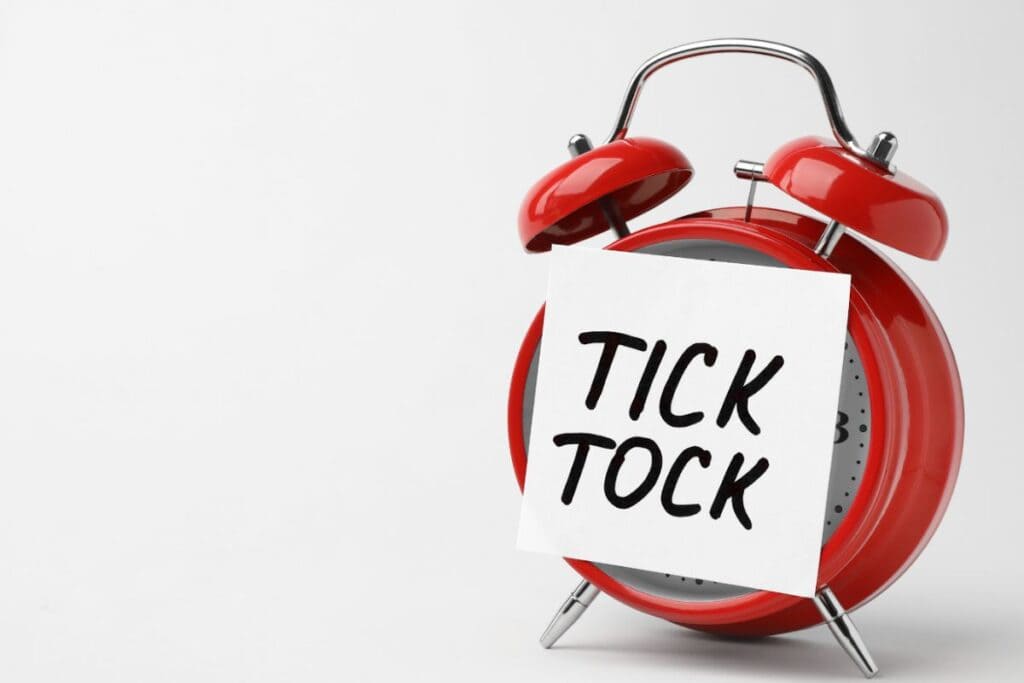
An onomatopoeia is any word that imitates a sound.
So when you read an onomatopoeia, you can almost hear the same sound in your head.
And when you hear someone say an onomatopoeia, it sounds very similar to the specific sound it’s trying to emulate.
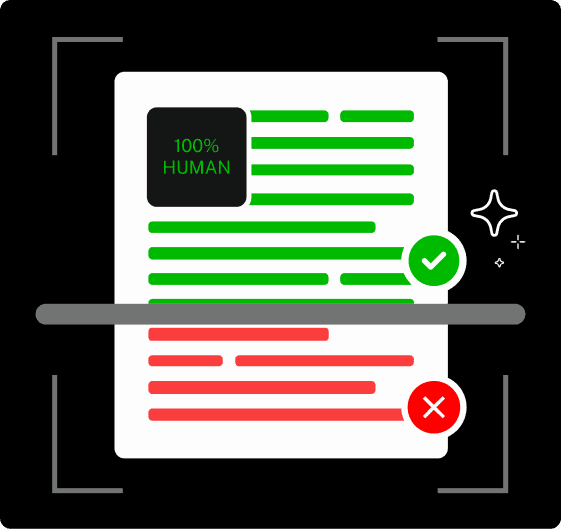
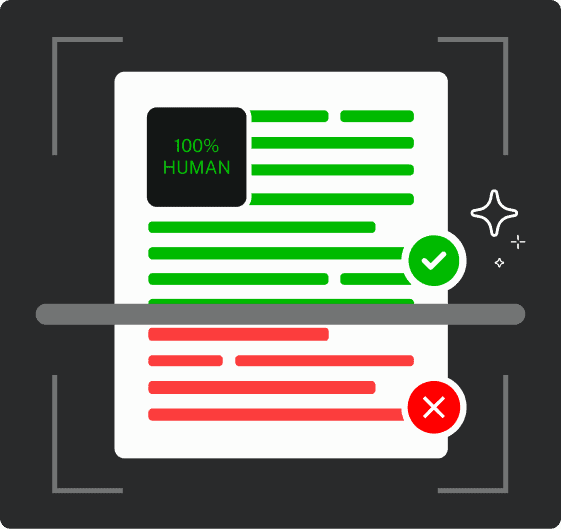
Never Worry About AI Detecting Your Texts Again. Undetectable AI Can Help You:
- Make your AI assisted writing appear human-like.
- Bypass all major AI detection tools with just one click.
- Use AI safely and confidently in school and work.
Like most literary devices, onomatopoeias are way easier to understand once you see some examples.
Here are just a few of the most common onomatopoeias you’ve probably already used hundreds of times:
- Meow (cat sound)
- Tick-tock (clock ticking)
- Buzz (sound of a bee)
- Ding dong (sound of a doorbell)
- Drip drop (sound of water or a liquid dropping)
The most fascinating thing about onomatopoeias is that they change and vary slightly across different languages.
For example, even though a dog’s bark sounds the same in Japan as it does in England, the onomatopoeias are completely different.
In the English language, we say “woof woof“, but in the Japanese language, the word for a dog’s bark is “wan wan.“
So even though the bark itself is universal, the way we hear it and describe it depends on what language we speak.
Core Onomatopoeia Definition and Etymology (Greek roots: “name” + “to make”)
The word onomatopoeia comes from the Greek words:
- Onoma – which means “name”
- Poiein – which means “to make”
When put together, the word literally means “to make a name for a sound”. And that’s exactly what onomatopoeias do.
Difference Between Onomatopoeia, Interjections, and Sound Effects
Onomatopoeias are often confused with other literary devices, like interjections and sound effects, but there are some slight differences.
Here’s what sets them all apart.
| Onomatopoeias vs Interjections vs Sound Effects | |||
| Term | Definition | Examples | Why Writers Use It? |
| Onomatopoeia | Words that imitate the sound they describe. | Buzz, woof, drip-drop, tick-tock, bang | To make scenes feel realistic. |
| Interjections | Words or short phrases that express emotion, often spontaneously. | “Ouch!” “Wow!” “Hey!” | To show instant reactions or emotions. |
| Sound Effects | Artificial or stylized representations of noises, often used in comics, movies, and media. | BOOM! KAPOW! CRASH! ZAP! WHOOSH! VROOM! SPLASH! WHAM! ZING! | To grab attention and add drama. |
A key thing to note here is that sound effects can also be onomatopoeias, but sound effects typically rely heavily on visual style to create the most impact.
This is why they sound effects are often capitalized.
Pro Tip for Students: If you have a creative writing project coming up and you want to really jazz up your writing with onomatopoeias, you can use our AI Chatbot and AI Question Solver to kickstart your project.
For example, we asked AI Chatbot to give us some ideas for good onomatopoeias to use in a horror story.
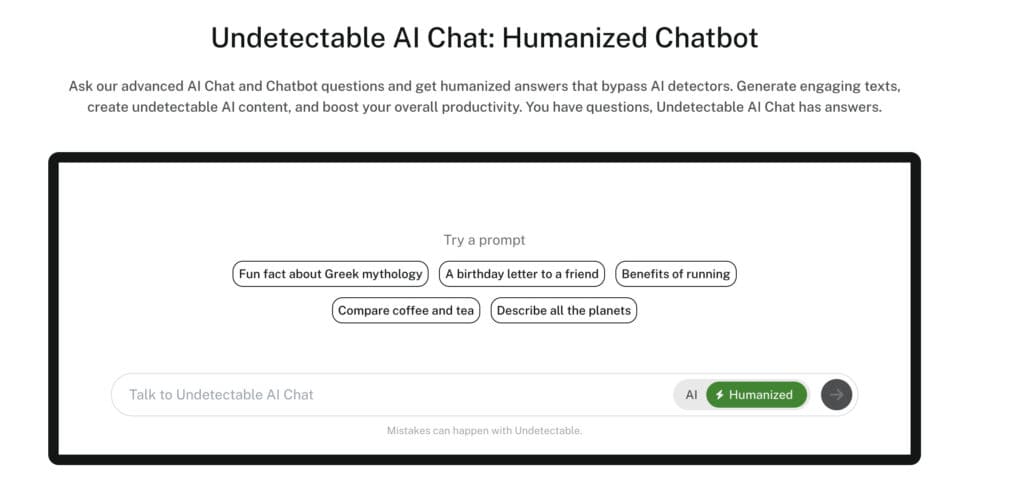
The Chatbot then generated a list of onomatopoeias that could have a “chilling” effect on a horror story.
You could then use this list as a starting point and refer back to it when you need a little inspiration when writing your story.
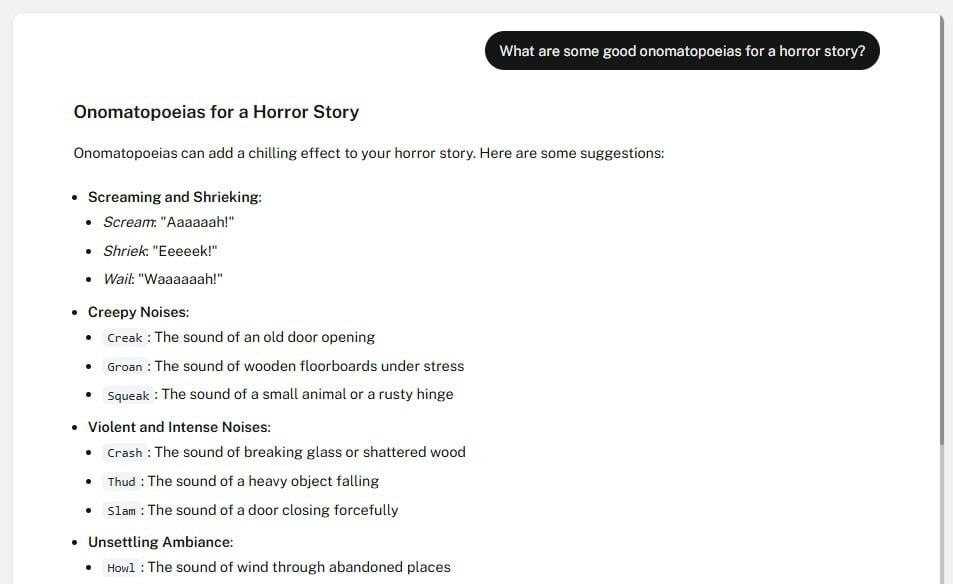
In addition to using the Chatbot to brainstorm, you can also upload your assignment and instructions directly into AI Question Solver.
This tool can then analyze your assignment and map out different outlines and angles for writing your story.
Common Examples of Onomatopoeia
Looking for even more inspiration and even more examples of onomatopoeias?
Here’s a list of 30+ onomatopoeias you might not have thought of yet.
| Examples of Onomatopoeias by Category | |
| Category | Onomatopoeia Examples |
| Animal Sounds | Purr (cat), Bow wow (dog), Neigh (horse), Hiss (snake/cat), Oink (pig), Tweet (bird), Hoot (owl) |
| Human Sounds | Cough, Hiccup, Giggle, Mumble, Achoo, Tut tut |
| Natural Sounds | Drip drop, Splash, Rustle, Crackle, Whoosh |
| Mechanical Sounds | Clang, Beep, Tick tock, Vroom, Click |
| Impact & Explosive Sounds | Bang, Crash, Thud, Boom, Zap, Pow |
| Food & Eating Sounds | Crunch, Slurp, Sizzle, Pop, Gulp |
Onomatopoeia Examples in Literature and Poetry
It can also be helpful to see how the experts weave onomatopoeias throughout their writing.
Here are a few notable examples from classic literature writers.
- Edgar Allan Poe’s The Bells: “How they tinkle, tinkle, tinkle, in the icy air of night!” – These words imitate the actual sound of the bells.
- E. E. Cummings’ I Was Sitting in McSorley’s: “Warm lyish wetflat splurging / Tinking luscious jigs dint of ripe silver / Slush of foam knocked off and a faint piddle-of-drops” – These words (some of them even made up) are meant to mimic the sounds of a New York City bar.
- William Shakespeare’s The Tempest: “Hark, hark! Bow-wow. The watch-dogs bark!” – Bow-wow and bark imitate the sharp sounds of dogs.
- Carl Sandburg’s Honky Tonk in Cleveland: “It’s a jazz affair, drum crashes and cornet razzes / trombone pony neighs / banjo tickles” – Sandburg uses words like crashes, razzes, and tickles to describe the unique sounds of a jazz nightclub.
Onomatopoeic Words in Everyday Life and Pop Culture
Onomatopoeias are all around us; in music, ads, and even the conversations we have with friends.
Here are just a few more examples of where they tend to crop up.
- Music and song lyrics: Songs like “Whip It” by Devo or “Boom Boom Pow” by the Black Eyed Peas use onomatopoeia as a lyrical instrument, which also makes the songs more memorable.
- Advertising: Brands love to use specific words like “pop,” “fizz,” and “crunch” to advertise products like soda, chips, and cereal.
- Everyday conversations: We often use sound words without even realizing it, like “the bacon is sizzling” or “the car screeched to a halt.”
- Comics: Fight sequences are always filled with words like “pow” and “whack” to dramatize the action.
The Function of Onomatopoeia
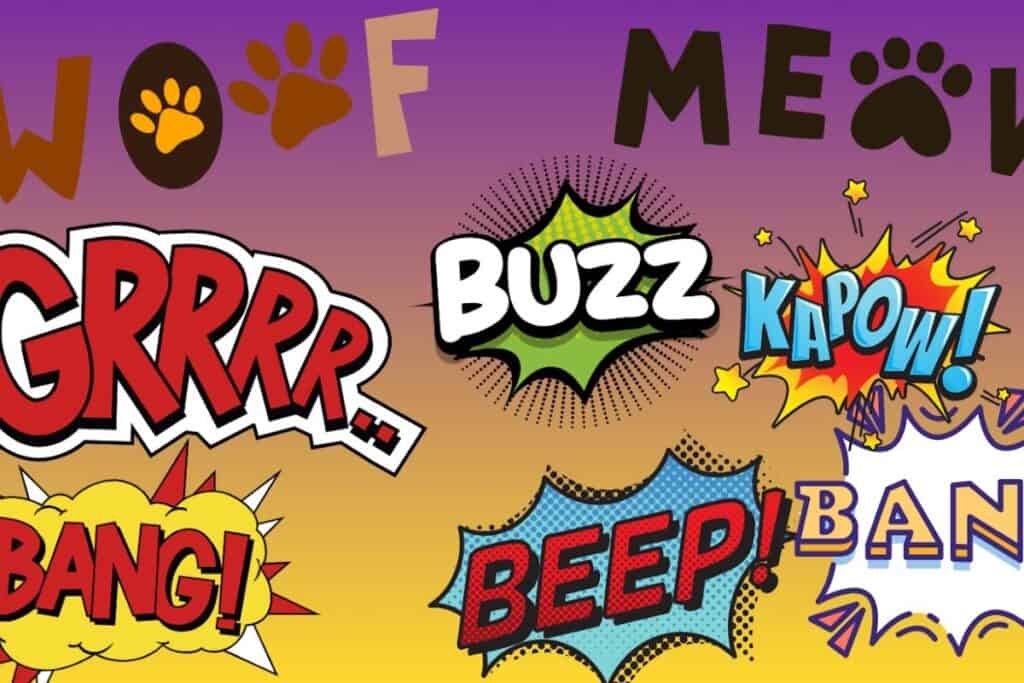
So what exactly is the function of onomatopoeia as a literary device?
Yes, they’re fun and make stories more enjoyable and engaging. But they also serve a greater purpose in literature and language. Here are four key functions of onomatopoeia.
Creates Vivid Imagery
As sound words, onomatopoeias help readers actually hear what’s happening in a scene. So instead of just saying “the fire burned,” you can say “the fire crackled.”
That tiny word-swap helps paint a more vibrant picture for readers.
Adds Rhythm and Musicality
Beyond describing something, onomatopoeic words also add a pulse to your writing.
For example, a “tap-tap-tap” on the window or a “drip-drop” of rain can set the pace and almost create a soundtrack for your story.
Simplifies Communication
Sometimes, it’s just easier to say a word as a sound. For example, writing “buzz” is way faster and more effective than trying to describe the sound of a bee with three sentences of awkward phonetics.
Supports Language Learning
This one’s especially interesting: kids (and language learners in general) often latch onto onomatopoeic words first.
For example, “woof,” “meow,” and “vroom” stick in the brain because they sound exactly like what they mean, which makes them easy to learn.
Use our Undetectable AI’s AI Checker to explore how literary terms like onomatopoeia are presented in AI-written content.
It helps students and writers verify that explanations and examples remain human-like, accurate, and educationally authentic.
4 Common Misunderstandings About Onomatopoeias
Think you’ve got onomatopoeias all figured out? Not so fast.
It’s easy to get them mixed up with other literary devices (especially on tests), so let’s address the four biggest misunderstandings about onomatopoeia you need to know.
| Onomatopoeias: Common Misunderstandings and How to Fix | ||
| Misunderstanding | How It Happens | How to Fix |
| Confusing Onomatopoeia with Interjections | Assuming words like “ouch!” or “wow!” are onomatopoeias… when really they are interjections and expressing an emotion, not sound. | Remember: if it imitates a sound (splash, crack), it’s an onomatopoeia.If it expresses emotion (ugh, yay), it’s most likely an interjection. |
| Overusing Comic Book Sound Effects | Thinking onomatopoeias only belong in comics with “POW!” and “BANG!” | You can find onomatopoeias in poems, songs, and stories of all different genres.Don’t be afraid to use them to bring your stories and scenes to life. |
| Believing that Onomatopoeias Sound the Same in Every Language | Assuming the sound a horse makes is always “neigh” and roosters always sound like “cock-a-doodle-doo.”, when onomatopoeias vary greatly across languages and cultures. | Always check for cultural differences, especially when writing stories set in different countries.This is the best way to make sure your writing fits and makes sense with the setting of your story. |
| Overusing Onomatopoeic Words in Writing | Thinking that adding more and more onomatopoeias will always make your writing better. | Be intentional with onomatopoeias.Only add sound words when they enhance the imagery, and try not to let them clutter your sentences. |
Stay ahead of detection systems. Verify and humanize your text with our tools below.
Frequently Asked Questions
How do you pronounce onomatopoeia?
Onomatopoeia is pronounced like on-uh-mat-uh-PEE-uh.
What is the most simple onomatopoeia definition and examples?
Onomatopoeia’s simple definition is: a word that imitates a sound, like “buzz,” “meow,” or “bang.”
What is the onomatopoeia definition in literature?
In literature, onomatopoeia is a literary device where words mimic the natural sound of the thing being described.
What are some examples of onomatopoeic words?
The most common examples of onomatopoeia are: drip-drop (water), hiss (snake), woof (dog), crunch (food), zap (electricity), and tick-tock (clock).
What’s the difference between an onomatopoeia and alliteration?
Onomatopoeias are designed to imitate a specific sound in order to help describe things, such as “buzz” to describe an electric shock or “neigh” to describe the animal noise a horse makes.
Alliterations, on the other hand, are all about repeating the same initial consonant sound in words. An example of this is the tongue-twister, “Peter Piper picked a peck of pickled peppers”.
Conclusion
Now that you know what an onomatopoeia is, you will, without a doubt, start spotting them everywhere.
It can be a blessing when you’ve got a creative writing project on the go… but it’s also a curse when your brain won’t stop latching on to every buzz, sizzle, and whoosh you read.
But the real fun? That starts when you let loose and make up your own onomatopoeias.
English may be packed with rules… but onomatopoeias are one of the rare places where you get to bend them.
With Undetectable AI’s AI Chatbot and AI Question Solver, you can spark new ideas, test your knowledge, and add more creativity to your writing.
Try Undetectable AI today and take your projects to the next level.
